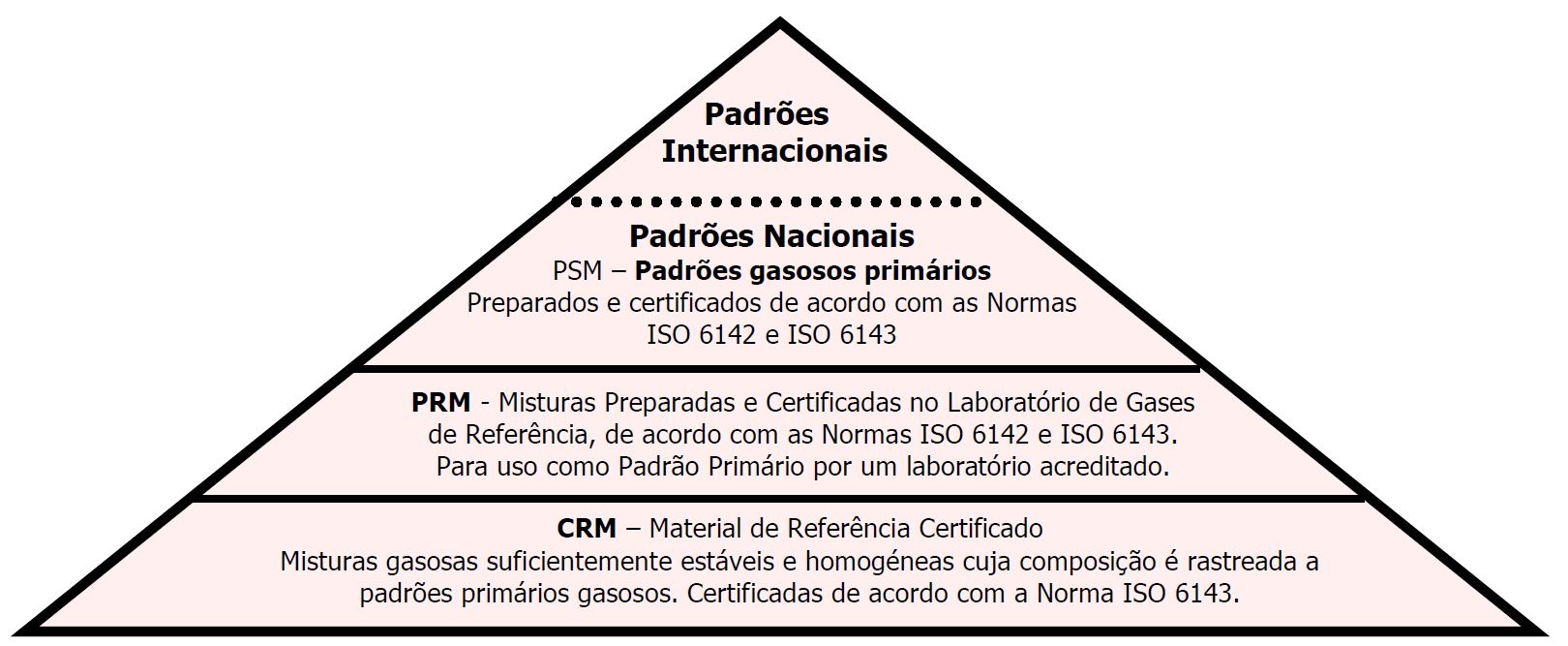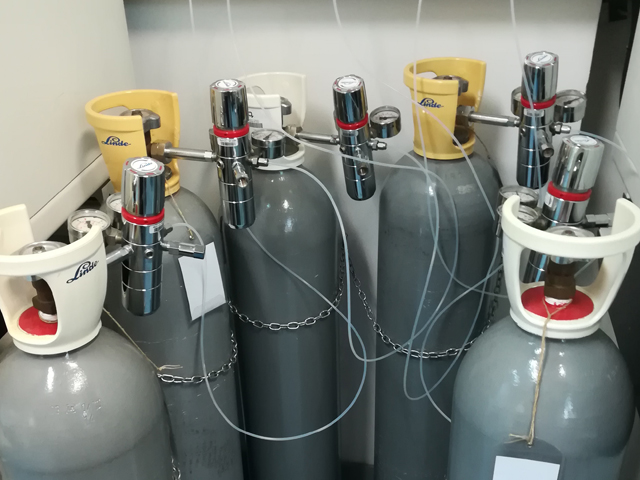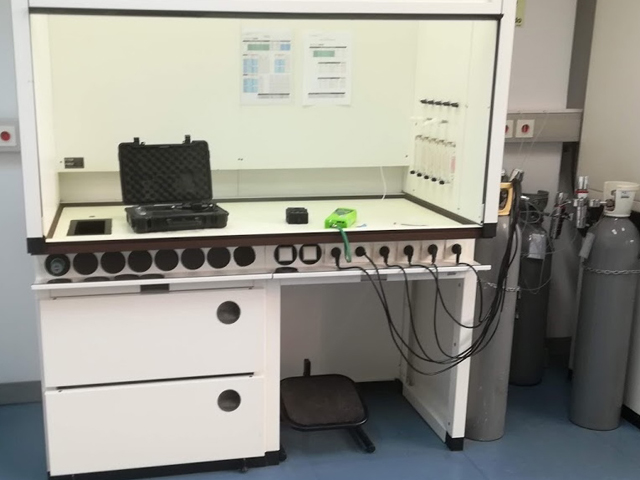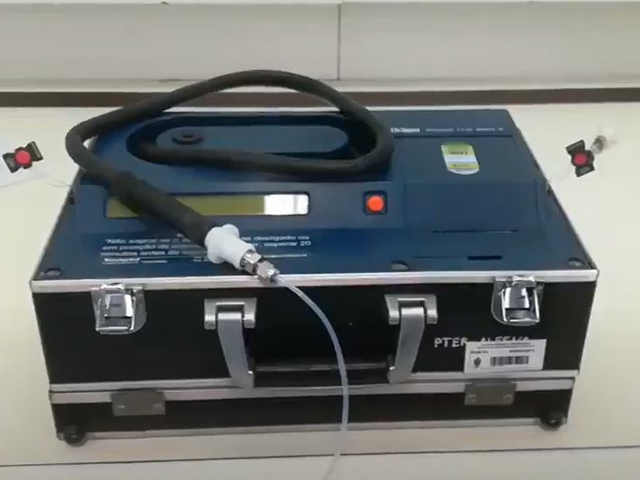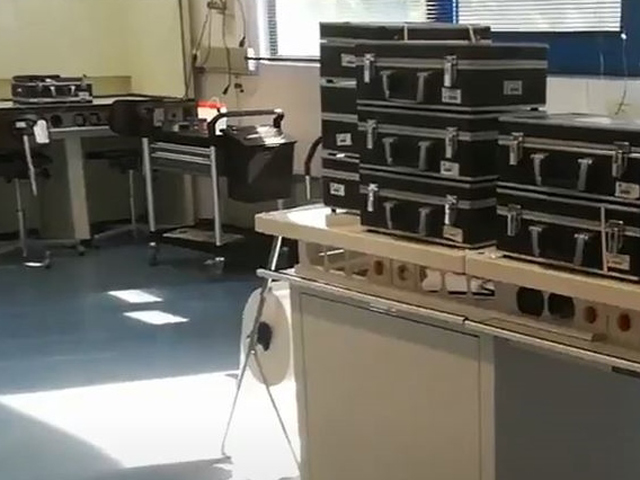
BREATH ANALYZERS LABORATORY
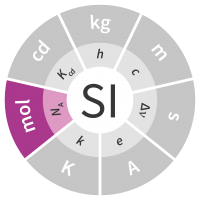
The basic principle that supports the use of breath analyzers is that there is a physiological relationship between the concentration of alcohol in the exhaled alveolar air (BrAC) and the concentration present in the blood (BAC). Thus, the concentration of alcohol in the exhaled air is directly proportional to its concentration in the blood when it passes through the lungs. This relationship is a function of the average physical constitution of the population and is not identical in all countries. In Portugal, the conversion of breath alcohol content (BrAC) into blood alcohol content (BAC) is based on the principle that 1 mg of alcohol per liter of exhaled air is equivalent to 2.3 g of alcohol per liter of blood: 1mg / L (BrAC) = 2.3 g / L (BAC).
Although breath analyzers are mostly used to control the consume of alcohol by drivers on the road, there is a growing number of companies that use them to ensure that their workers are not under the influence of alcohol when carrying out their professional activities.
